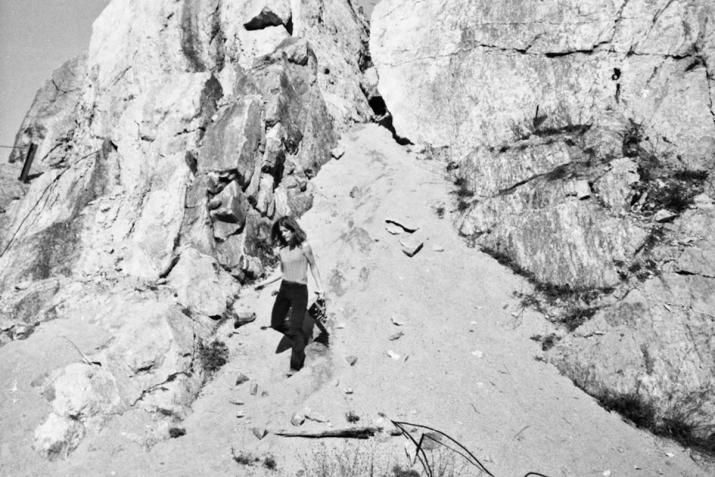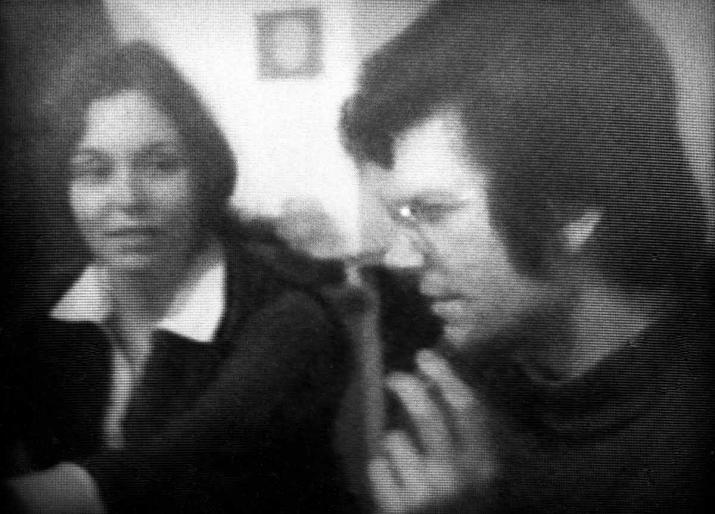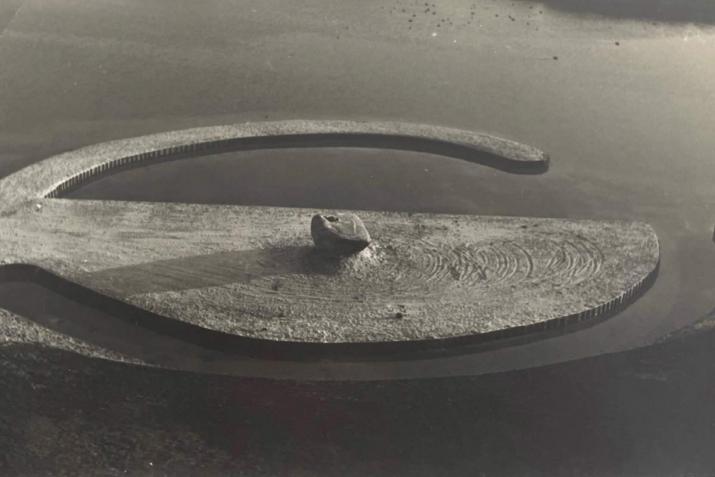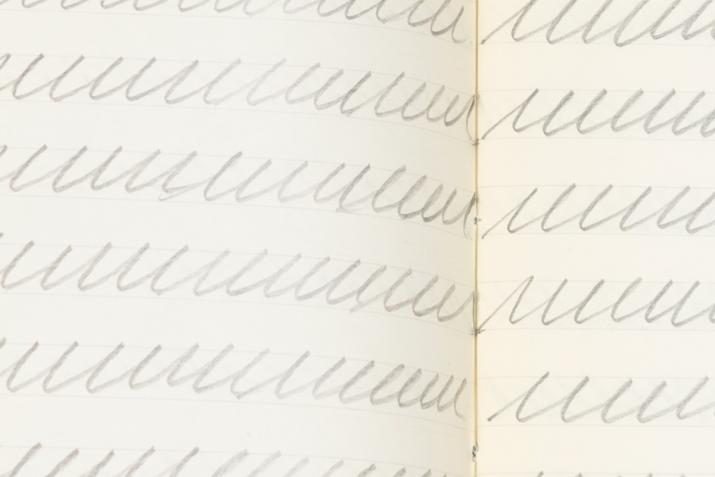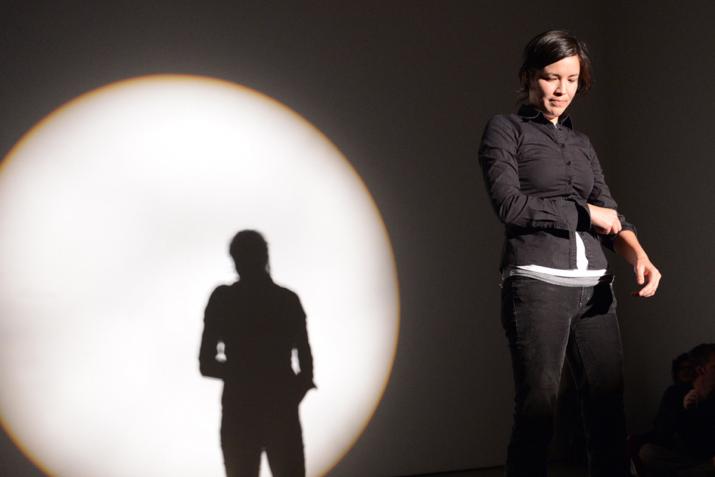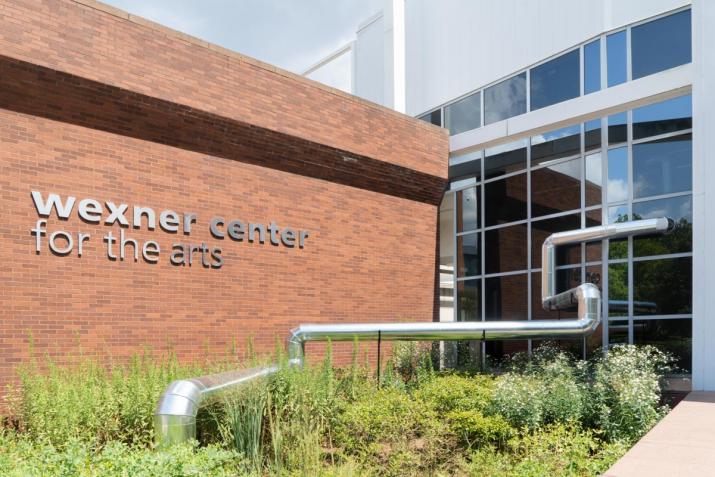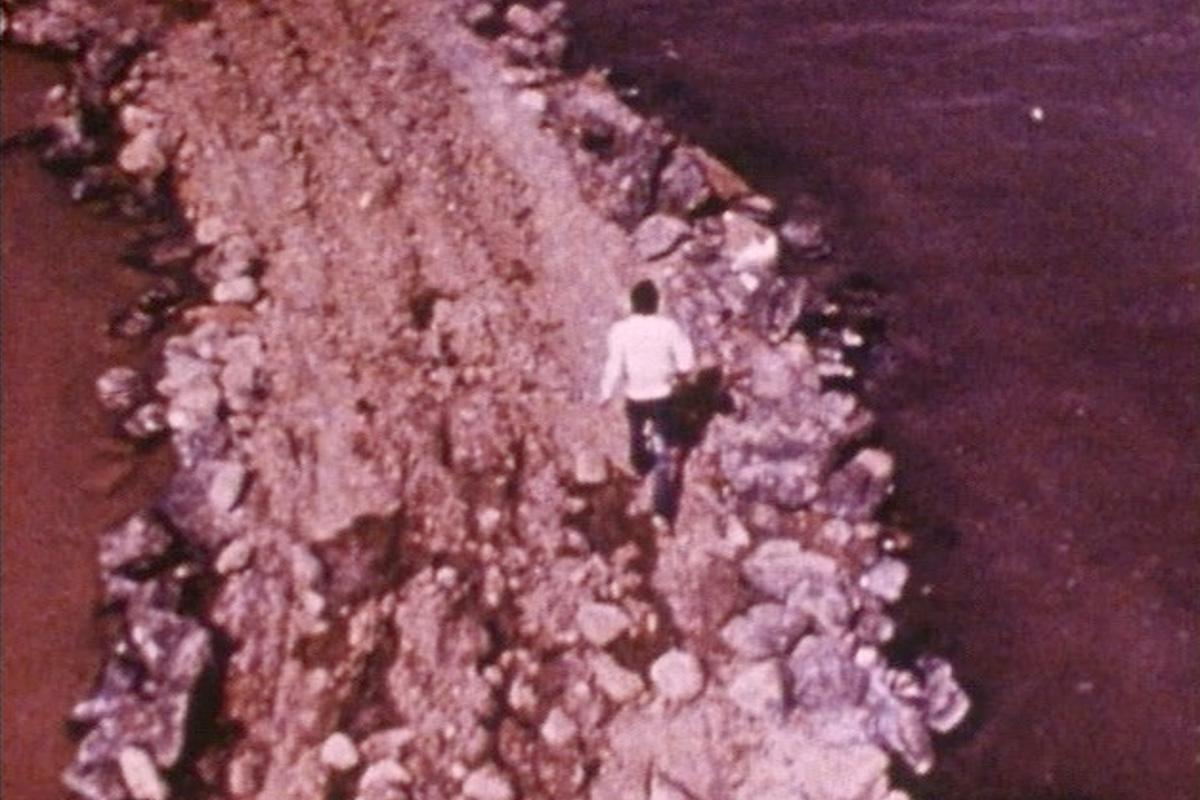

Spiral Jetty film at Tochigi Prefectural Museum
Robert Smithson’s film Spiral Jetty (1970) features in the group exhibition Weather Report: From Landscape via Earthworks to Neo-Cosmography at Tochigi Prefectural Museum of Fine Arts, Japan. The exhibition opens on June 30 and is on display through to August 26, 2018.
Weather Report explores how the study and definition of cosmography has been misunderstood since the seventeenth century. Alongside Smithson the exhibition presents works by a number of of artists, including J.M.W. Turner, Claude Monet, Joseph Beuys, Munakata Shiko, Ay-O, and Chiba Madok.
Spiral Jetty is a portrait of the monumental artwork of the same name, located at Rozel Point on Great Salt Lake, Utah. The film shows both the making of this earthwork and the ideas informing its evolution. In his 1972 text entitled The Spiral Jetty Smithson describes how, on returning to New York from Utah, he contacted Robert Fiore and Barbara Jarvis and ‘asked them to help me put my movie together. The movie began as a series of disconnections, a bramble of stabilized fragments taken from things obscure and fluid, ingredients trapped in a succession of frames, a stream of viscosities both still and moving.’
Poetic and hypnotic, Spiral Jetty includes footage by Nancy Holt of Smithson tearing up publications and throwing them over the top of Great Notch Quarry, New Jersey, and of Smithson running around the glowing spiral of rocks forming Spiral Jetty.
Still from Robert Smithson, Spiral Jetty (1970)
35 min, color, sound, 16 mm film on video
Camera: Robert Fiore, Nancy Holt, Robert Logan, Robert Smithson
Sound: Robert Fiore, Robert Logan
Editing: Barbara Jarris
© Holt/Smithson Foundation, Licensed by VAGA at ARS
Distributed by Electronic Arts Intermix, New York
